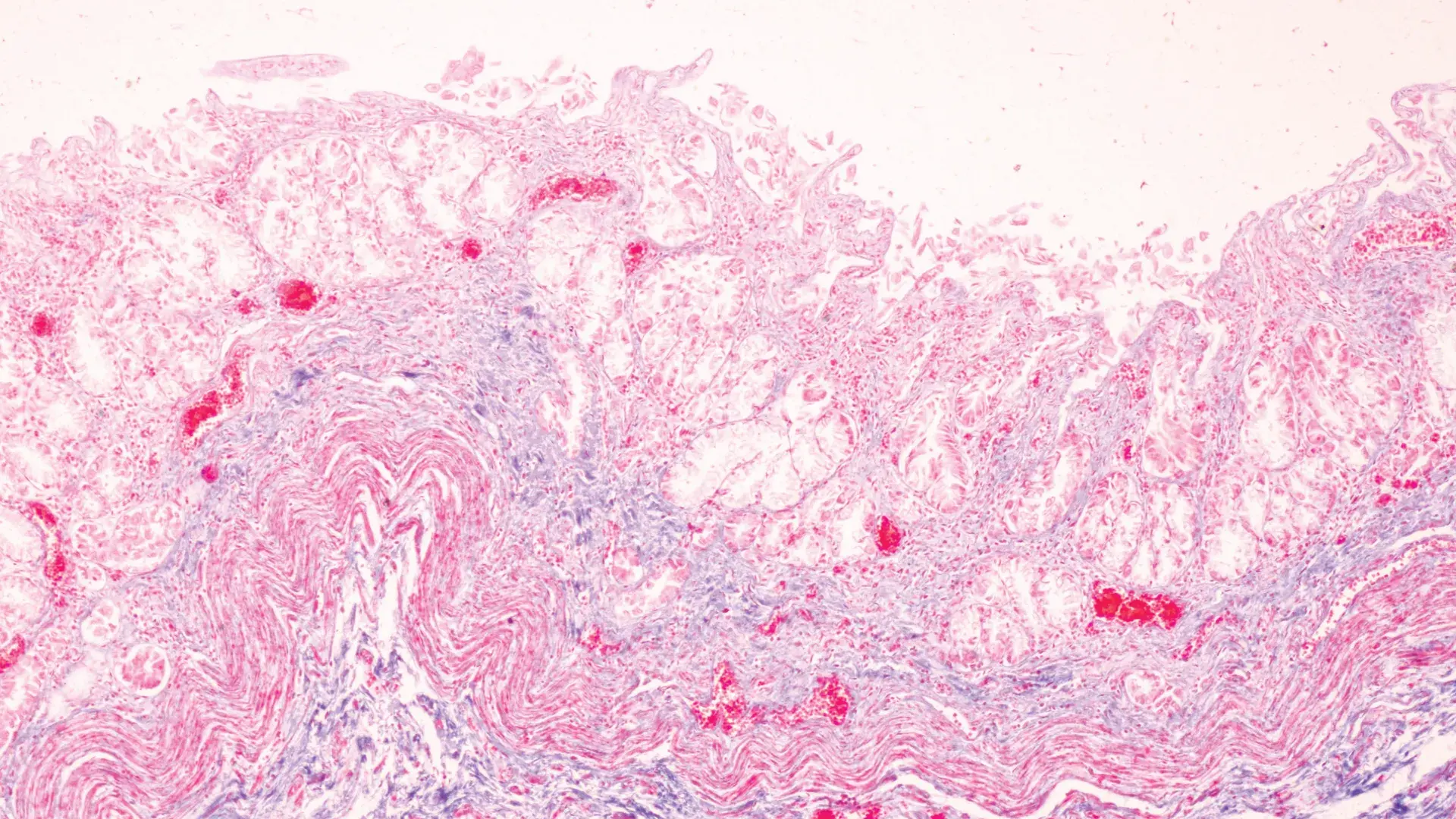4 Questions On NAD/NADH Testing Answered
Unlocking the Secrets of Cellular Energy
3 min read
![]() Dr. Chris Meletis, ND
:
October 12, 2021 at 8:30 AM
Dr. Chris Meletis, ND
:
October 12, 2021 at 8:30 AM

There is growing evidence that a thyroid profile offers much more profound insights into how well a patient is doing, far beyond basal metabolic rate. One good example of this is euthyroid sick syndrome, also known as nonthyroidal illness syndrome. The euthyroid sick syndrome is characterized by abnormal findings on thyroid panels in patients who don’t have a thyroid illness. This syndrome can be readily identified by ordering a comprehensive thyroid panel that includes, among other indices: TSH, Free T4, Total T3, and Free T3.
A staggering 75 percent of hospitalized patients experience significant alterations in the hypothalamic-pituitary-thyroid axis. Individuals at high risk for suffering from euthyroid sick syndrome include hospitalized patients with severe critical illness, calorie deprivation, and serious surgeries. At an alarming rate, I am identifying euthyroid syndrome in my ambulatory practice. I find tracking thyroid status on a routine basis is vitally important. Thus, my most basic testing for acutely and chronically ill patients now includes adding on a Comprehensive thyroid panel along with a CBC with Diff, Comprehensive Metabolic, and Cytokine panel. This is increasingly helpful due to the current severe viral illnesses and for long-haulers as well.
The most common thyroid panel presentation in euthyroid sick syndrome is low total T3 and low free T3 levels accompanied by normal T4 and low, normal, or slightly elevated thyroid-stimulating hormone levels (TSH), although not as high as they would be in hypothyroidism.
Thyroid Hormone Interplay with Mitochondrial Performance
The interplay between thyroid hormones and the mitochondria is important to resolving euthyroid sick syndrome. This syndrome emphasizes the importance of measuring T3 thyroid hormone as a foundational tool and cornerstone of functional medicine detective work while remembering the integral role of T3 hormone receptor activation in the mitochondria. An Organic Acid Profile (OAP) with Environmental Pollutants panel is an important way to determine the functioning of a euthyroid patient’s mitochondria. Performing an Organic Acid Profile (OAP) with Environmental Pollutants panel can elucidate how the Citric Acid Cycle and Electron Transport Chain enzymes are fueling ATP production. Sufficient ATP is essential for immune competence, including sirtuin, PARP enzyme activity, tissue repair, and recovery after illness or life events. The OAP panel offers insights into nutrients that may be insufficient in the body’s pursuit to generate 60 kilograms of ATP essential for optimal recovery. Optimal ATP production is crucial to recovery from euthyroid sick syndrome.
After ensuring sufficient mitochondrial stimulation via T3 hormone, the next step in resolving euthyroid syndrome is addressing adequate caloric intake and controlling inflammatory pathways that routinely sabotage recovery. IgG immunoglobulin testing is critical, as IgG activation triggers the Complement pathway initiating and perpetuating inflammatory processes. Hippocrates’ quote states, “May your food be your medicine and your medicine be your food.” Yet, as Lucretius pronounced, “One man’s food is another man’s poison.” Even healthy foods can be unhealthy, as we have seen time and again in clinical practice.
Lastly, we acknowledge that our world is toxic at many levels: stress, endemic illness and suffering, diminished food quality, EMF, and abundant human-made pollutants. All of these factors can affect the thyroid gland. The toxic world that we bathe our cells in daily leads me to always run the EPP (environmental pollutant panel) along with the OAP. The scientific literature abounds with how toxins directly impact thyroid function even in people without outright thyroid disease.
The goal is to avoid illness, injury, surgery, and the circumstances that currently lead to 75 percent of hospitalized patients experiencing euthyroid sick syndrome. While in the pursuit of staying well, testing patients and ourselves via routine comprehensive thyroid testing, food sensitivity, OAP/EPP testing is instrumental in creating the resilience and vitality needed to sustain and regain homeostasis in patients with euthyroid sick syndrome.
Watch Our Webinar:
Join us for a webinar on October 26th, 2021 12:00 - 1:00 PM PDT as we take a deep dive into thyroid hormone regulation, unique and novel clinical insights, including how the endocannabinoid system plays a role in stress adaptive response.
Selenium and Thyroid Disease: From Pathophysiology to Treatment, Int J Endocrinol 2017; 1297658: 1-19.
Selenium, Zinc, and Copper Status in Euthyroid Nodular Goiter: A Cross-Sectional Study. Int J Prev Med 2021; (26): 12-46.
Phenols and Parabens in Relation to Reproductive and Thyroid Hormones in Pregnant Women Environ. Res 2016; 151:30-37.
Euthyroid Sick Syndrome. Compr Physiol 2016; 6(2):1071-80.
Mechanisms of Anaphylaxis Beyond IgE. J Investig Allergol Clin Immunol 2016;26(2):73-82;

Unlocking the Secrets of Cellular Energy

Short chain fatty acids (SCFAs) are organic acids produced by bacterial fermentation of dietary fibre and resistant starch. Enterocytes and...

Zonulin has emerged as a popular marker to assess the integrity of the intestinal mucosal barrier. Discovered by Dr Alessio Fasano, Zonulin...